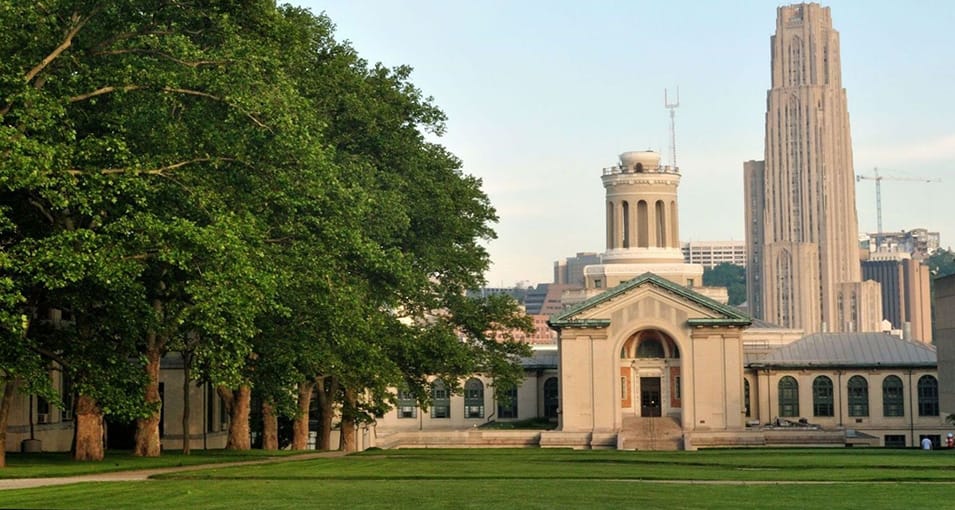In 1900, Andrew Carnegie donated $1 million to the city of Pittsburgh. He emigrated to the United States in 1848 and settled in Pittsburgh, where he envisioned a school where working-class men and women could learn practical skills, trades, and crafts.
In Pittsburgh, Carnegie attended night school and went from being a factory worker in a tactile mill to being a successful entrepreneur and industrialist.
Carnegie founded Carnegie Steel Corporation in 1892, ushering in Pittsburgh’s status as the Steel City.
With the $1 million donation made by Carnegie, the Carnegie Technical Schools were founded to offer this education to Pittsburgh students.
The first class admitted to Carnegie Technical Schools in 1906 had just 120 students.
The school changed its name to the Carnegie Institute of Technology and began offering bachelor’s degrees in 1912. Carnegie Tech became a renowned research institution, recruiting notable scientists and offering extensive research programs. Interdisciplinary research would become an important part of the university.
In 1938, science and engineering students were required to take humanities and social studies courses as part of a well-rounded degree.
Between the years of 1948 and 1986, the David A. Tepper School of Business, H. John Heinz III College for students learning urban and public affairs, and School of Computer Science were opened.
In 1967, Carnegie Tech merged with the Mellon Institute. The Mellon Institute is a science research center founded by the Mellon family of Pittsburgh.
In 1913, Andrew W. Mellon and Richard B. Mellon founded the Mellon Institute of Industrial Research and School of Specific Industries at the University of Pittsburgh.
The Mellon Institute was the first major research firm of its kind in the United States. In 1927, it separated from the University of Pittsburgh and incorporated as an independent, non-profit organization and rebranded as the Mellon Institute of Industrial Research.
In the 1950s, the institute was involved with 77 different fellowships and eight fundamental research fellowships prior to merging with Carnegie Tech in 1967.
Their support allowed Carnegie Mellon to establish the Mellon College of Science and the College of Humanities and Social Sciences.
In 2025, a total of 16,335 students were enrolled at Carnegie Mellon University. The institution has grown to conduct critical research across the globe.











